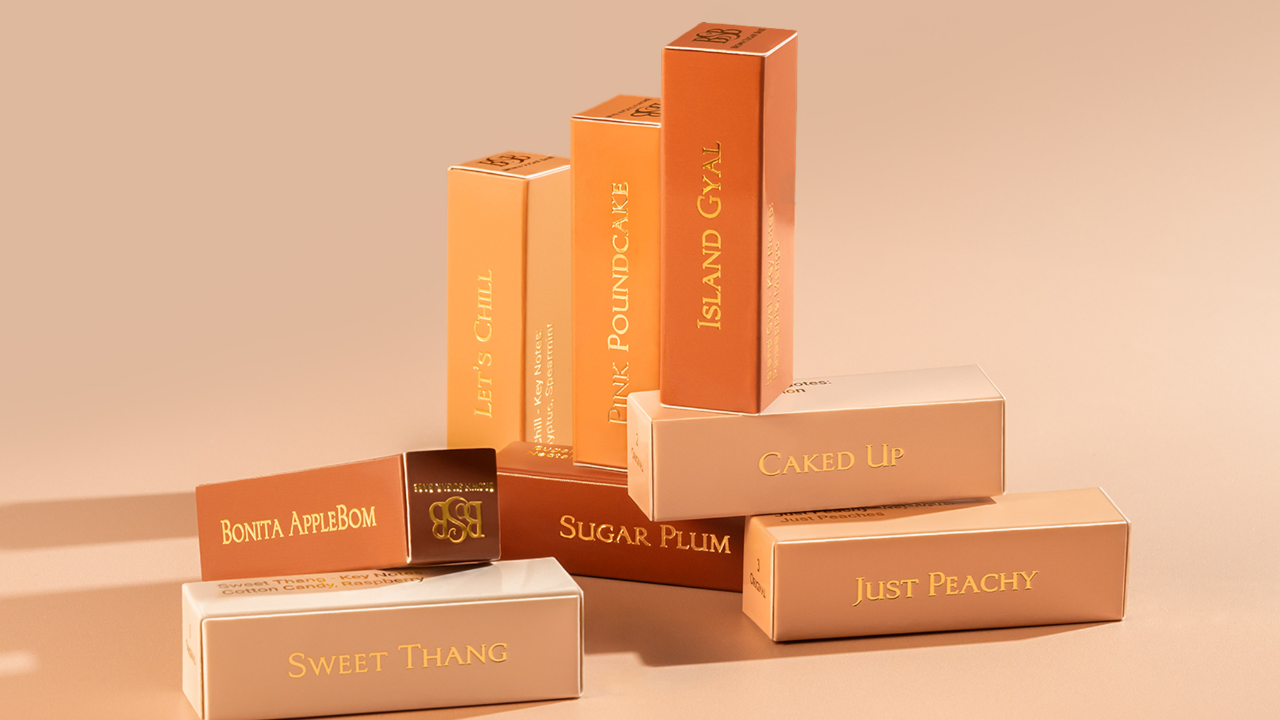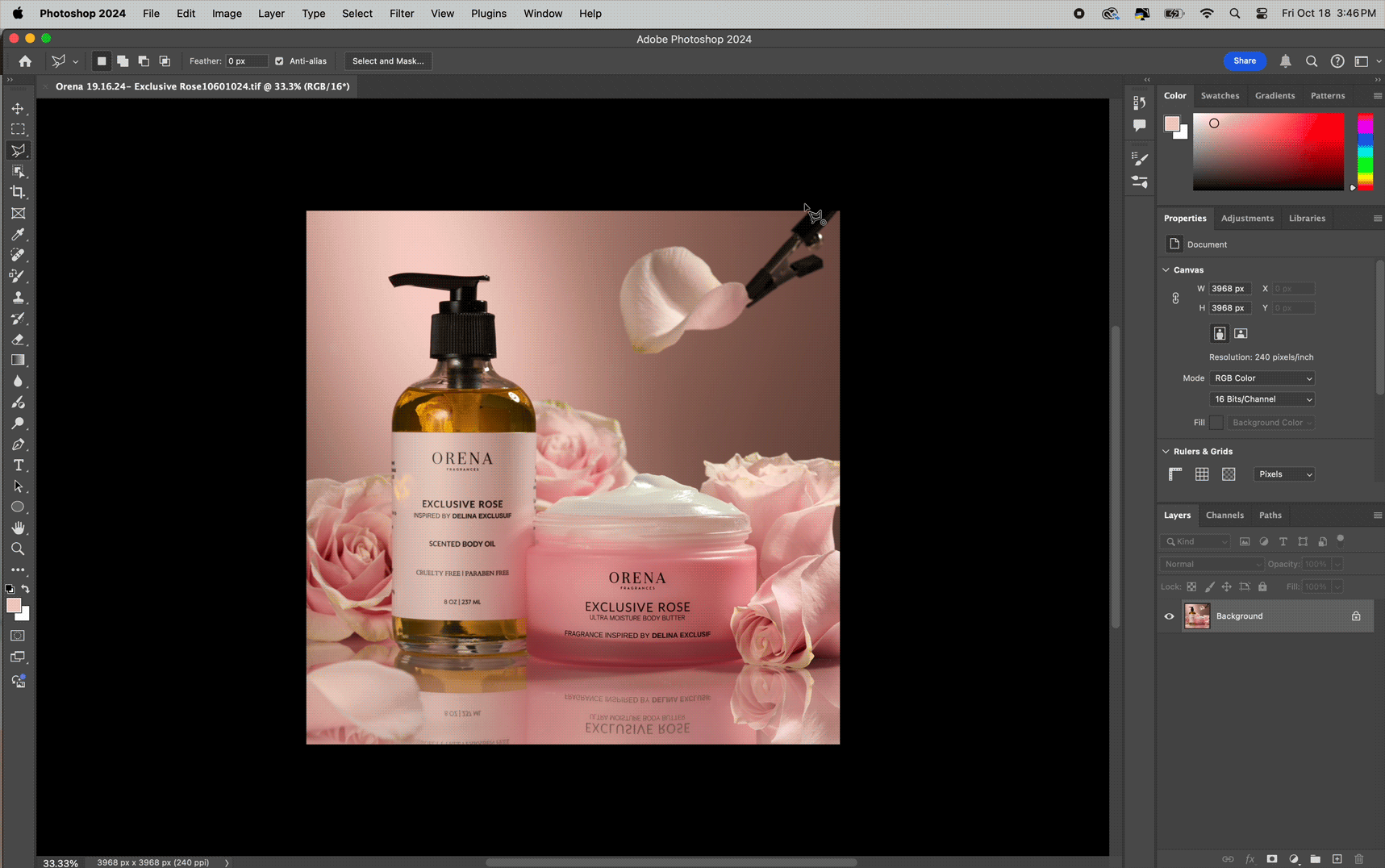How to Build a Product Photography Portfolio
For aspiring photographers looking to establish themselves in the field of product photography, creating a compelling portfolio is essential. A well-crafted portfolio not only showcases your skills and expertise but also serves as a powerful tool to attract potential clients and secure new opportunities. In this article, we will guide you through the process of building a captivating product photography portfolio that will leave a lasting impression on viewers.
Defining Your Niche
Though it might be tempting to photograph a little bit of everything, it's important to define your niche if you want to create a standout portfolio. By specializing in a specific area such as food, beauty, or fashion, you can establish yourself as an expert in that field and attract clients looking for your particular expertise.
Building a Diverse Collection of Products
A successful product photography portfolio should feature a diverse range of products. Include a variety of items to demonstrate your versatility and ability to capture different materials. For example, if you wish to specialize in skin care, photograph matte products, transparent glass serum bottles, and uniquely shaped containers. Showcasing a mix of small and large items, various shapes, textures, and materials will help potential clients visualize how their products might look through your lens.
Utilizing Composition and Styling
Composition and styling play a crucial role in product photography. Arrange products in visually appealing ways, considering factors such as balance, color harmony, and negative space. Pay attention to details such as props, backgrounds, and angles to create a cohesive and aesthetically pleasing composition. Overall, be sure that your images are diverse enough to display side-by-side on your creative portfolio.
Showcasing Attention to Detail
Product photography requires a keen eye for detail. Highlight your ability to capture intricate features, textures, and product specifications. Showcase your attention to detail by zooming in on specific elements or capturing close-up shots that reveal the quality and craftsmanship of the products.
Creating a User-Friendly Portfolio Website
Crafting a well-designed and user-friendly portfolio website is crucial when it comes to showcasing your work in a professional manner. Opt for a sleek and intuitive layout that enables visitors to effortlessly navigate through your portfolio. Ensure that your website incorporates essential pages such as "Home," "Portfolio," "About," and "Contact." The "Home" page should offer a quick and concise overview of both you and your work, while the "Portfolio" page should provide a more extensive display of your finest projects. Leverage the "About" page to introduce yourself and share background information regarding your experience and passion for product photography. Lastly, include an easily accessible "Contact" page, enabling potential clients to reach out to you promptly. The key to an exceptional website lies in its streamlined navigation, featuring minimal pages.
Optimizing Your Portfolio for SEO
To ensure your portfolio gets noticed by search engines and potential clients, optimize it for search engine optimization (SEO). Use relevant keywords in your portfolio titles, image descriptions, and meta tags.
Engaging with Social Media
Social media platforms are powerful tools for promoting your product photography portfolio. Create accounts on platforms like Instagram, Facebook, and Pinterest, and regularly share your work with relevant hashtags and engaging captions. Interact with your followers and industry peers to build a strong online presence and expand your network.
Collaborating with Brands and Businesses
Collaborating with brands and businesses can provide valuable opportunities to showcase your product photography skills. Reach out to local businesses or online brands and offer to photograph their products in exchange for exposure and portfolio-building opportunities. Collaborations can lead to referrals and testimonials that further enhance your portfolio's credibility.
Seeking Client Testimonials and Reviews
Client testimonials and reviews add credibility and trustworthiness to your portfolio. After completing a project, kindly request feedback from your clients and ask if they would be willing to provide a testimonial. Display these testimonials prominently on your portfolio website to showcase your satisfied clients and build trust with potential clients.
Updating and Refreshing Your Portfolio
To keep your portfolio relevant and captivating, regularly update it with new and improved work. Remove any outdated or weaker images and replace them with your latest and best work. Refreshing your portfolio shows your dedication to growth and improvement as a product photographer.
Networking within the Photography Community
Networking within the photography community is essential for growth and exposure. Attend industry events, workshops, and conferences to connect with fellow photographers, potential clients, and industry professionals. Building relationships within the community can open doors to new opportunities and collaborations.
Conclusion
Building a product photography portfolio is a journey that requires time, dedication, and a passion for capturing products in their best light. By following the steps outlined in this article, you can create a compelling portfolio that showcases your skills, attracts clients, and helps you establish a successful career in product photography.
FAQs
1. How many images should I include in my product photography portfolio?
There is no set number, but aim for quality over quantity. Include enough images to showcase your range and expertise while ensuring each photo represents your best work.
2. How can I make my portfolio website more engaging?
Use visually appealing layouts and consider adding client testimonials and case studies to showcase your skills and successes.
3. Can I include personal projects in my portfolio?
Absolutely! Personal projects can showcase your creativity and unique vision, demonstrating your passion for product photography.
4. How often should I update my portfolio?
Regularly update your portfolio to reflect your latest and best work. Aim for updates at least every few months or whenever you have significant new additions to showcase.
More Articles
Shop
Premium digital templates designed for product photographers










